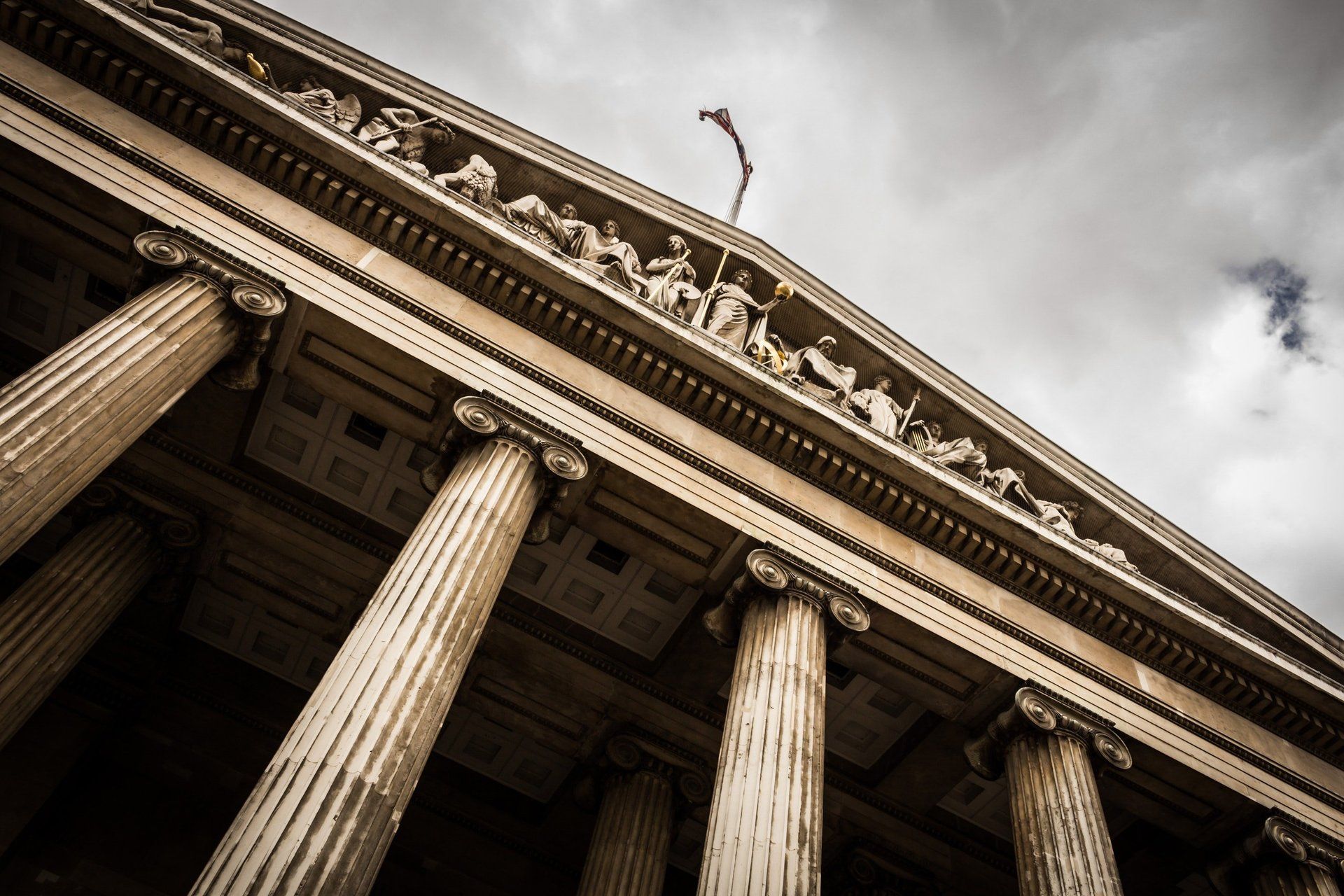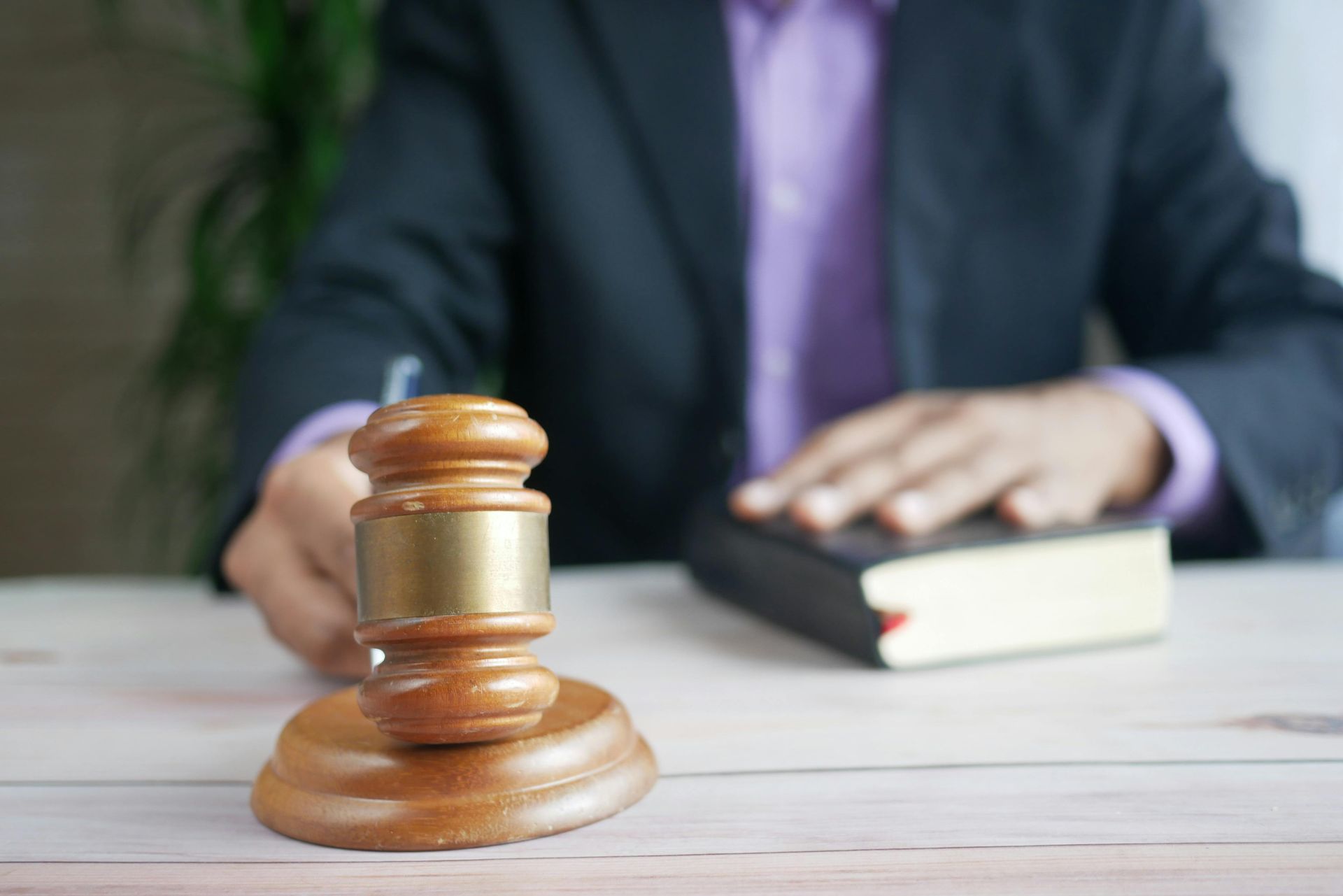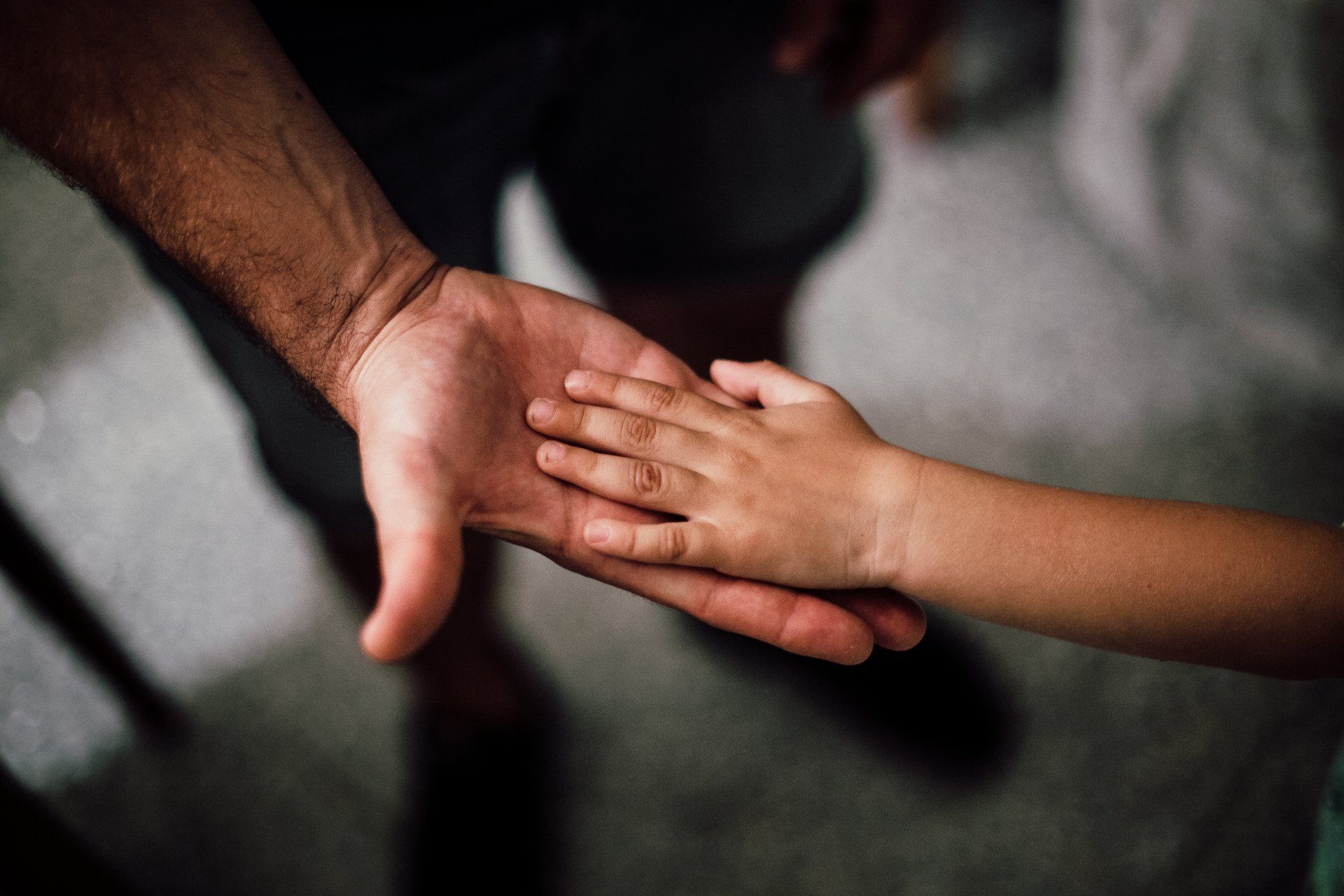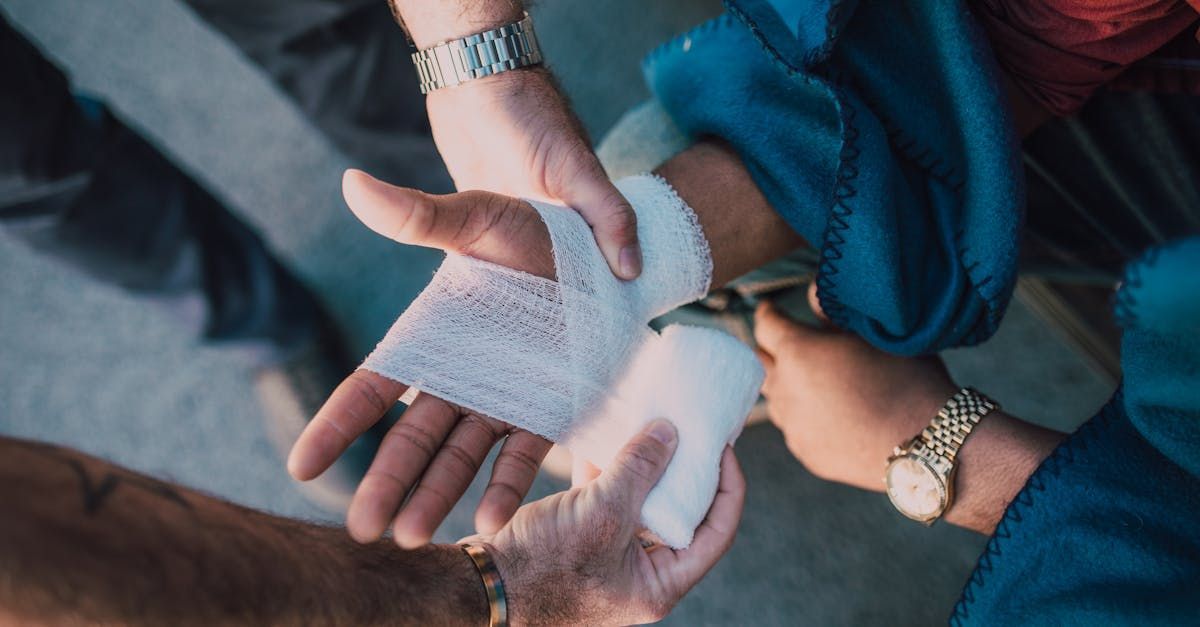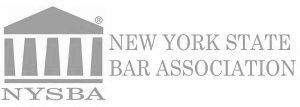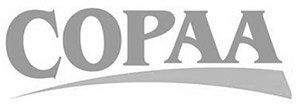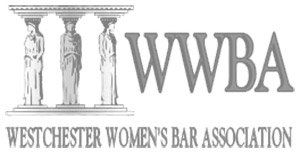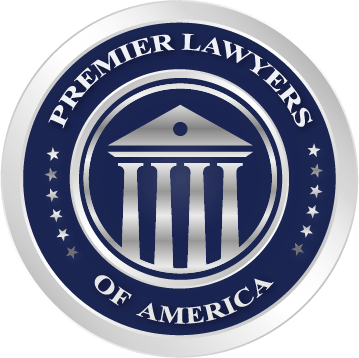By Gina DeCrescenzo
•
January 29, 2025
Fighting for Justice: Representing Children in Personal Injury Claims Against Schools According to US government statistics, each year, more than 206,700 children under 16 report injuries occurring on the playground. But when parents learn that their child is involved, it’s more than a statistic. It becomes a cause for concern. Parents rightly expect their children’s school to keep them safe. Sadly, that’s not always the case. However, they’re not helpless when their child is injured. There are valid, legal options to pursue with the help of a skilled personal injury attorney specializing in child safety. Typical Places for School Injuries All parents should be aware of the numerous locations a child can encounter dangerous situations while at school. A few of the more common include interiors, playgrounds, athletic facilities, and the school bus. Interiors Occasionally, the school building’s materials are the cause of injury. Harmful substances such as asbestos, lead paint, and mold can pose a severe threat. Both the school and the district could be held accountable for a child’s health problems. Additionally, building contractors and material manufacturers could be at fault. Playgrounds It’s reasonable to expect that a school would provide mature, reliable teachers to oversee young students on the playground. Failure to do so could legally imply neglect. The district should never allow students on a playground where the equipment is defective. This too, is an example of neglect. Athletic Facilities Not all injuries are part of the game. A coach or assistant may have neglected their responsibilities, allowing the injury to take place. For example, the court might consider it negligent if swim instructors failed to notice a student in distress. They would be guilty of offering inadequate supervision. Injuries are common when student-athletes are pushed beyond their limits. Sprains, dehydration, and fractures are typical with over-training. School Bus Who might be at fault if a child is injured in a school bus accident? The first person who comes to mind is the driver. Was the driver unqualified or irresponsible? If so, then the school district could also bear responsibility for not properly screening or training its bus driver applicants. Was mechanical failure the cause of the accident? Once again, the school district is obligated to make sure its buses are well-maintained and meet all safety requirements. Negligence or Misconduct To file a lawsuit claiming personal injury against schools, a person must be certain the injury is the school's fault. The injury can’t be the result of ordinary circumstances that could happen to anyone. In the legal system, there are various types and degrees of negligence. If a parent feels someone has neglected their responsibility to keep a child safe, it’s best to discuss the matter with a knowledgeable personal injury attorney. Bullying and Harassment The US Department of Education says bullying includes three distinctive features: aggressive behavior, a power imbalance, and the high likelihood of repeat behavior. Bullying and harassment can take the form of physical beatings or emotional distress. Both types of attacks leave scars that are sometimes permanent, with adults still suffering the effects of their childhood trauma. Bullying is so common that nearly one out of every five US school kids in middle school and high school report being victims. The problem is even worse in middle school than in high school. But there’s no reason a child should have to go to school in fear. If the bullying and harassment occur on school property, there's obvious reason to seek legal help. However, bullying and harassment can also take place elsewhere during an activity overseen by the school. A good example is a class field trip or sports-related travel. Common Sites of Bullying Because bullying can happen anywhere in school, eliminating it requires the determination and cooperation of a wide range of school officials, including principals, teachers, bus drivers, and administrative staff. The most common places are the classroom, followed by a hallway or stairwell, and the cafeteria. Next comes outdoor locations on school grounds. Not surprisingly, cyberbullying makes online activity and texting dangerous areas. There’s also the bathroom or locker room, the gym or weight room, and the school bus. Bullies Stereotypically, people think of school bullies as fellow students. But they can also be adults who work at the school. It’s not uncommon for students to report bullying at the hands of teachers and coaches, but anyone can be a bully. Sometimes, a bullying culture has become entrenched within the school. A victim’s family can seek damages from a variety of individuals in such a case. Defendants can be specific perpetrators but also the school and the district that allowed the bullying to become institutionalized. Institutionalized Bullying An example of institutionalized bullying is aggressive forms of hazing. Hazing is a form of bullying designed to initiate someone into a group, such as a sports team or a social club. Newcomers to the group might be forced to eat or drink disagreeable items, perform humiliating tasks, or be required to do demanding physical labor. They are also often made the target of frightening or embarrassing pranks. Many educational institutions have made steps to distance themselves from hazing, especially when it involves physical beatings. However, hazing in one form or another can still exist when individual school groups see themselves as preserving their tradition. Child Victims Act Historically, in New York state, the statute of limitations for adult survivors of childhood sexual abuse to report the crime typically ran for five years, beginning with the victim’s 18th birthday. During that time, victims could file both criminal and civil lawsuits against their abusers and institutions, such as schools, that didn’t do enough to prevent or stop the abuse. Unfortunately, victims of bullying and harassment, especially when it includes sexual abuse, may remain quiet for years before reporting to authorities. Sometimes, the statute of limitations can expire before a victim is ready to discuss the past. To confront the problem, New York State passed the Child Victims Act (CVA). The CVA expands the timeline for the statute of limitations. If victims were abused after the legislation was passed on January 18, 2019, they can file a claim up to the age of 55. Damages When courts rule in favor of the victim in a civil suit, the victim is typically entitled to receive compensation, known as a damage reward or simply damages. The damage amount is selected by the court and could include both compensatory and punitive damages. Compensatory Medical bills are a primary reason for compensatory damages. The size of the award reflects more than the cost of the doctor and hospital care victims have received so far. It will also consider how much medical attention victims are likely to need for the remainder of their lives. For example, an injury could cause a lasting disability that requires around-the-clock nursing. Emotional injury is also compensated. The trauma could trigger depression that impacts school and family life. A victim could also suffer from debilitating fear that makes it difficult to attend school or socialize. Punitive Punitive damages punish the responsible parties. They also serve as a warning for others not to engage in or enable similar behavior. A court might want to send a message to the school, its district, and other districts in the state. For example, a ruling in a case in Yonkers New York would be felt throughout Westchester County and possibly throughout the state. Courts don’t award punitive damages automatically. They tend to reserve them for cases where the defendant's behavior could be considered horrific. Why Victims Need a Personal Injury Attorney Never attempt to sue a school system without legal expertise. It’s not as simple as it may appear on television. The best legal representative to have when a child suffers an injury at school is a successful, experienced personal injury attorney. For starters, personal injury attorneys will be up-to-date with the latest legislation relevant to their case and their specific area of legal practice. Importantly, they’ll have battle-tested experience with the state’s civil court system. Personal injury attorneys will also have ongoing working relationships with everyone from judges to filing clerks, which can help expedite proceedings and paperwork. Their connections may extend throughout the state, not just in New York City. They’ll also be familiar with the insurance companies and know the tendencies and tactics of the insurance companies’ legal departments. Choosing a Personal Injury Lawyer Parents can even narrow their choices of personal injury attorneys by focusing on the ones who specialize in child injury cases involving schools where they live. A leading example is Westchester County’s Gina M. DeCrescenzo, whose numerous accomplishments include a seat on the Children’s Rights Litigation Committee for the American Bar Association. Leave child personal injury cases in the hands of a leading authority on children and the law by contacting the offices of Gina DeCrescenzo, P.C. Education Attorneys today.



